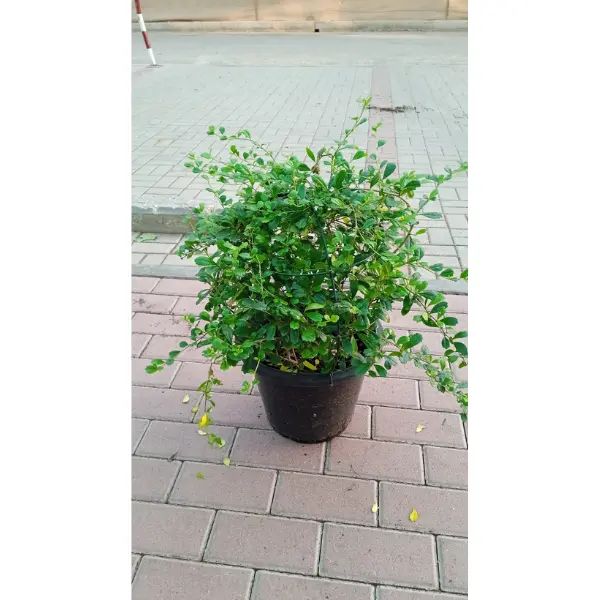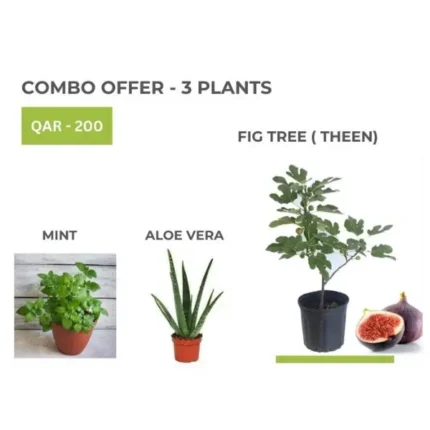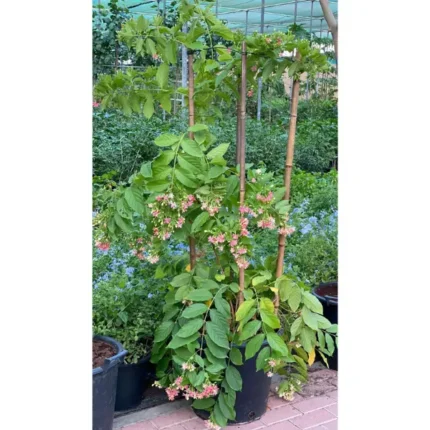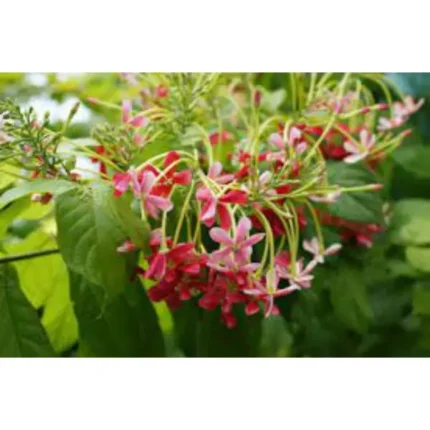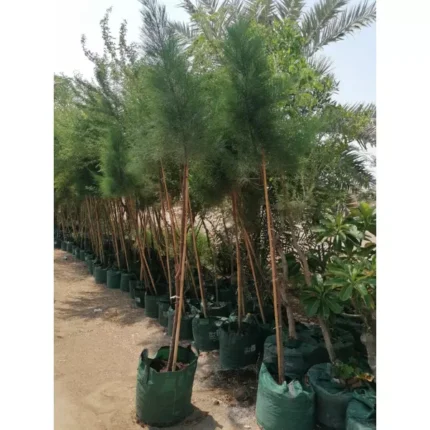EHRETIA
Ehretia is a genus of flowering plants in the family Boraginaceae, commonly known as snakebark trees or pigeonwood. This diverse genus comprises around 50 species of deciduous or evergreen trees and shrubs.The distinctive feature of Ehretia species is their characteristic bark, which often has a mottled or striped appearance resembling snake skin. The leaves of these plants are typically simple, arranged alternately, and may vary in shape depending on the species. Some Ehretia species produce small, inconspicuous flowers that are usually white or pale in color.Due to their adaptability to various climates and soil types, Ehretia plants can be found in a range of habitats, from open woodlands to savannas and grasslands. Some species are also cultivated for their timber, which is utilized in woodworking.
How To Care
Light: Place your plant in a location where it will receive at least 6 hours of direct sunlight per day.
Water: During the initial planting and establishment phase, Ehretia plants will need regular watering to ensure that their root systems develop properly. Water deeply and consistently, keeping the soil evenly moist but not waterlogged. This phase may last for the first year or two after planting.
Fertilizer: Slow-release or granular fertilizers are often suitable for Ehretia. A balanced, all-purpose fertilizer with a ratio like 10-10-10 or 14-14-14 will be good.
Temperature: They prefer temperatures ranging from 60°F (15°C) to 90°F (32°C).
Potting: Choose a pot or container that is large enough to accommodate the size of the Ehretia plant and provides good drainage. A pot with drainage holes at the bottom is crucial to prevent waterlogging
Pruning: Ehretia plants benefit from regular maintenance pruning to encourage bushier growth, remove dead or diseased branches, and maintain their shape. This type of pruning can be done at any time of the year.


